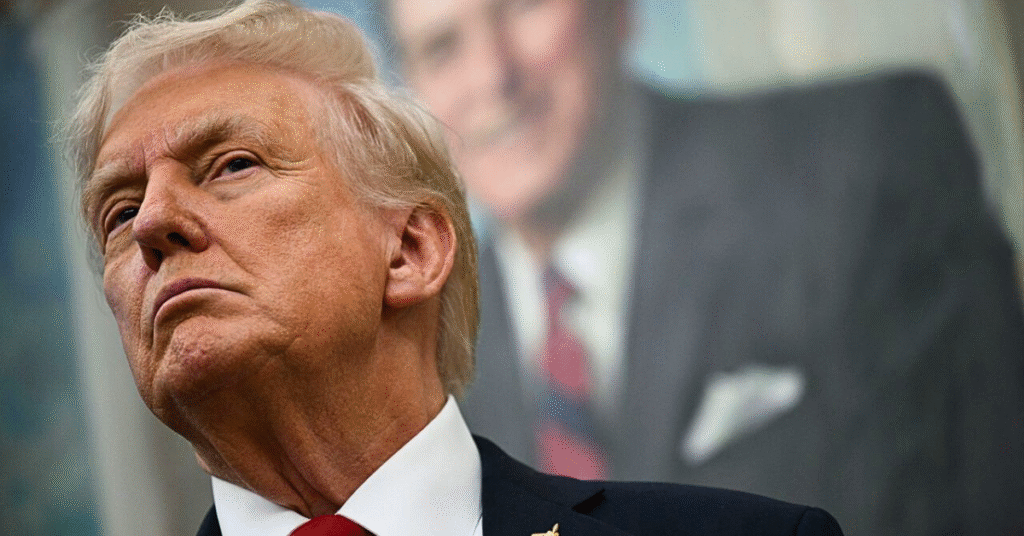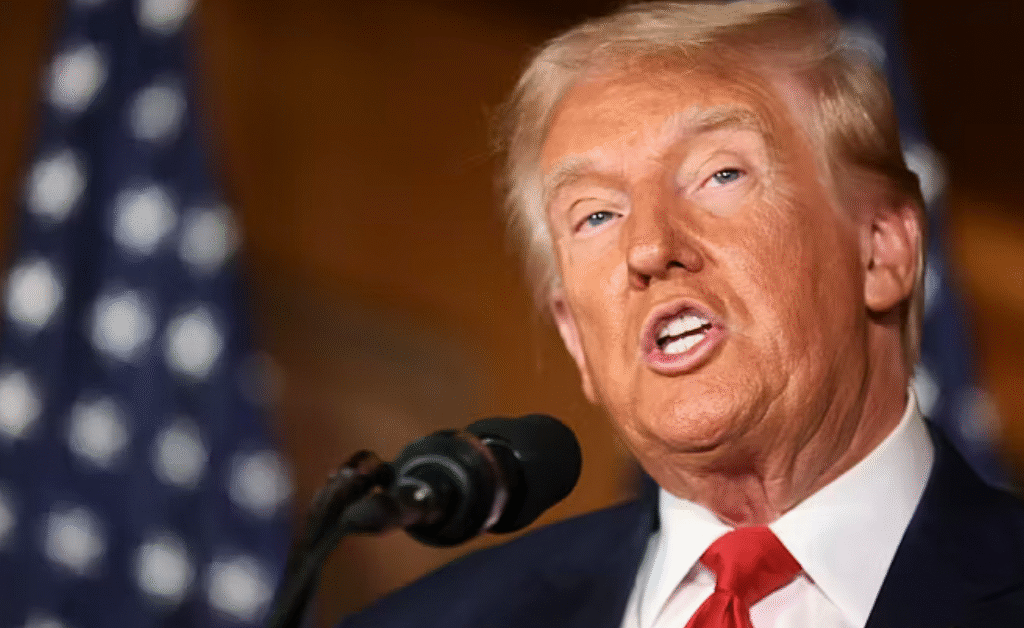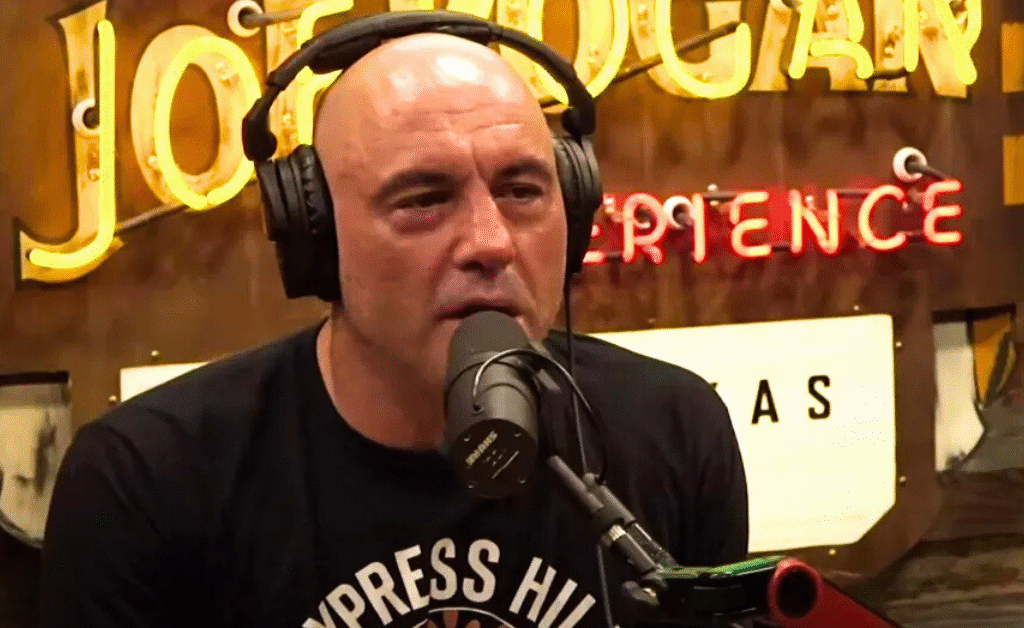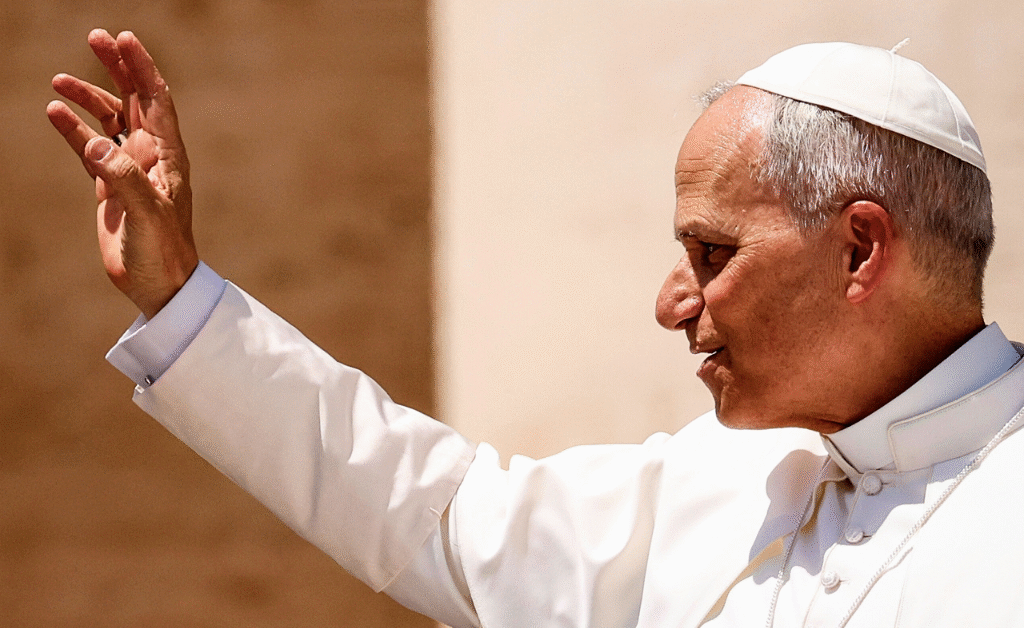- Trump proposes $2,000 "tariff dividend" checks funded by import tariffs to help low- and middle-income families.
- Major hurdles: Congress must authorize payouts, revenues fall short by hundreds of billions, and legal challenges could void funds.
- Economists warn tariffs raise consumer prices and barely dent the $38 trillion debt despite limited short-term relief for households.
President Donald Trump has never been one to shy away from bold economic promises, but his latest pitch—a $2,000 “tariff dividend” check for millions of low- and middle-income Americans—has ignited a firestorm of debate just weeks after his reelection.
Floated as a direct rebate from revenues generated by his sweeping import tariffs, the plan is being touted as a win for working families squeezed by inflation and rising costs.
Trump himself doubled down on the idea Monday in the Oval Office, telling reporters, “We’ve taken in hundreds of millions of dollars in tariff money. We’re going to be issuing dividends probably by the middle of next year, maybe a little bit later than that.”
The FrankNez Media Daily Briefing newsletter provides all the news you need to start your day. Sign up here.
Yet, as details emerge, the proposal faces steep hurdles: a projected cost dwarfing expected revenues, tepid support from Trump’s own party, and looming legal battles that could wipe out the funding pot altogether.
With the national debt hovering at $38 trillion and midterm elections looming in 2026, the tariff checks aren’t just a policy idea—they’re a high-stakes political gamble.
Here’s a breakdown of what’s needed to make them a reality, the economic ripple effects, and why skeptics are already calling it a “backdoor universal basic income” conservatives should dread.
The Pitch: Tariffs as the People’s Payday
The concept isn’t entirely new.
Trump first teased it in a November 9 Truth Social post, declaring, “People that are against Tariffs are FOOLS! … a dividend of at least $2000 a person (not including high income people!) will be paid to everyone.”

It’s framed as a populist counterpunch to affordability woes that helped fuel Democratic gains in recent state races, where voters vented frustrations over grocery bills and housing costs.
The checks would target “working families,” with income caps likely mirroring COVID-era stimulus thresholds—around $75,000 for individuals and $150,000 for couples—potentially excluding the wealthiest Americans.
Treasury Secretary Scott Bessent, appearing on Fox News’ Sunday Morning Futures over the weekend, confirmed the focus: the stipends would go to those families, but “we need legislation for that.”
White House Press Secretary Karoline Leavitt echoed the enthusiasm, telling reporters on November 12, “The president made it clear he wants to make it happen, and so his team of economic advisers are looking into it.”
Any surplus revenue, Trump insists, would chip away at the ballooning federal deficit—a nod to fiscal hawks in his base.
Supporters in Congress are warming to the idea, albeit cautiously.
Sen. Josh Hawley (R-Mo.), who introduced a bill earlier this year for $600 tariff rebates per adult and dependent child, posted on X: “The President is right: we should send a tariff dividend to every working person in America. I’ve introduced legislation to do it. Let’s get this done.”
Sen. Katie Britt (R-Ala.) added on the same Fox program, “I sure hope that we take a look at these types of things and how we can make sure that the American people have more of their hard-earned money back in their pocket.”
National Economic Council Director Kevin Hassett struck an optimistic tone last week, asserting, “It’s something that will require legislation, but if you look at how much tariff revenue has been coming in, then there would actually be enough room to cover those checks and not go into the rest of the budget. So yeah, there would be enough money to pay for the $2,000 checks.”
The Roadblocks: From Congress to Courtrooms
For all the fanfare, turning tariffs into Treasury direct deposits won’t happen overnight. Here’s the gauntlet the plan must navigate:
- Legislative Lifeline: Tariff revenues flow into the general fund, not a dedicated rebate account. Congress must craft and pass a bill authorizing the payouts—a tall order in a divided Washington. Hawley’s earlier proposal has languished without cosponsors in the Senate Finance Committee, and House Speaker Mike Johnson was pressed Monday on whether Trump could bypass lawmakers. “Without Congress being involved,” Johnson demurred, signaling potential GOP infighting over deficit fears. Democrats, meanwhile, are blasting it as election-year sleight-of-hand, with one strategist anonymously telling CNN it’s “a desperate bid to buy back the working class.”
- Revenue Reality Check: The math is brutal. A one-time $2,000 check for eligible adults could cost $450 billion to $600 billion annually, depending on eligibility tweaks, according to estimates from the Committee for a Responsible Federal Budget (CRFB) and Yale Budget Lab. That’s roughly twice the projected 2026 tariff haul of $207.5 billion, per the Tax Foundation. Year-to-date through September, tariffs have pulled in just $195 billion—impressive, but a fraction of the tab. As the Institute on Taxation and Economic Policy (ITEP) warns, “Don’t hold your breath waiting for a tariff dividend.”
- Legal Lightning Rod: Trump’s tariffs lean on the 1970s International Emergency Economic Powers Act (IEEPA), but a Supreme Court case could torpedo them. If ruled unlawful—as challengers argue—the government might owe billions in refunds to importers, evaporating the rebate pool. Even if upheld, broader trade wars could slash imports and revenues further.
- Distribution Details: Who qualifies? How are checks mailed or direct-deposited? The administration hints at mid-2026 rollout, timed suspiciously close to midterms, but Bessent’s “we will see” underscores the uncertainty.
Economic Echoes: Boon for Wallets, Bust for Budgets?
Proponents argue the checks could jolt consumer spending without the inflationary sting of past stimuli.
Yale’s analysis pegs the price bump at under 0.1% annually—negligible compared to COVID checks that supercharged costs.
For families in high-cost states like Florida or Mississippi, $2,000 could cover months of groceries or a car repair, directly addressing the “vibecession” Trump rails against.
But critics see red flags everywhere. Forbes contributor Wayne Crews lambasts it as “the backdoor UBI conservatives should fear,” a protectionist Trojan horse that normalizes endless federal handouts.
Tariffs, he notes, aren’t free money—they’re taxes on imports that hike prices for everyone, from iPhones to avocados.
PBS economists echoed this in a recent segment: “Trump floats tariff ‘dividends’ for Americans, but experts question the math.”
NPR adds that it could entangle trade policy in welfare debates, deterring investment and fueling retaliation from China and the EU.
On debt reduction? Forget it.
Marketplace crunched the numbers: Even maxed-out tariffs would dent the $38 trillion tab by a mere “drop in the bucket.” And as Quartz reported today, Republicans wary of stoking inflation may balk, dooming the bill in committee.
The Bigger Picture: Politics Over Policy?
This isn’t just about checks in the mail—it’s Trump’s bid to rebrand his economic legacy amid affordability gripes that dogged his first term.
Speaking at a McDonald’s franchisee event Sunday, he boasted of a “golden age” economy, straining to square tariffs’ pain with their purported gains.
Yet, as CNN observes, the crisis is forcing a “radical reshape” of his agenda, blending MAGA isolationism with New Deal-style redistribution.
Viral voicemails and deepfake videos are already scamming hopefuls with fake “relief payment” alerts, per local outlets like KY3. Fact-checkers at AZ Central and Finger Lakes Times urge caution: “Despite a wave of viral posts… none of these checks are real yet.”
Also Read: A DOJ Whistleblower Now Makes Revelation That Undermines the Judicial System’s Integrity











